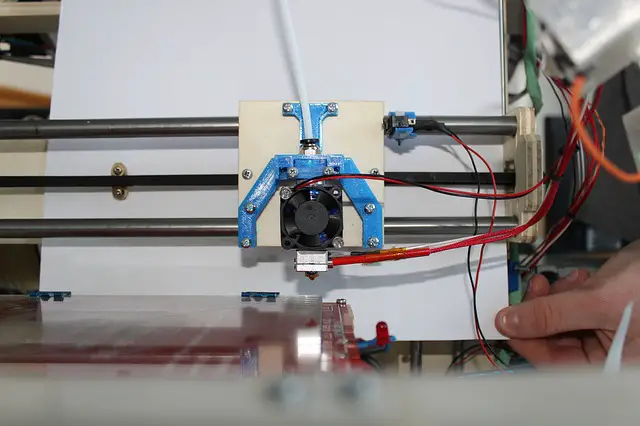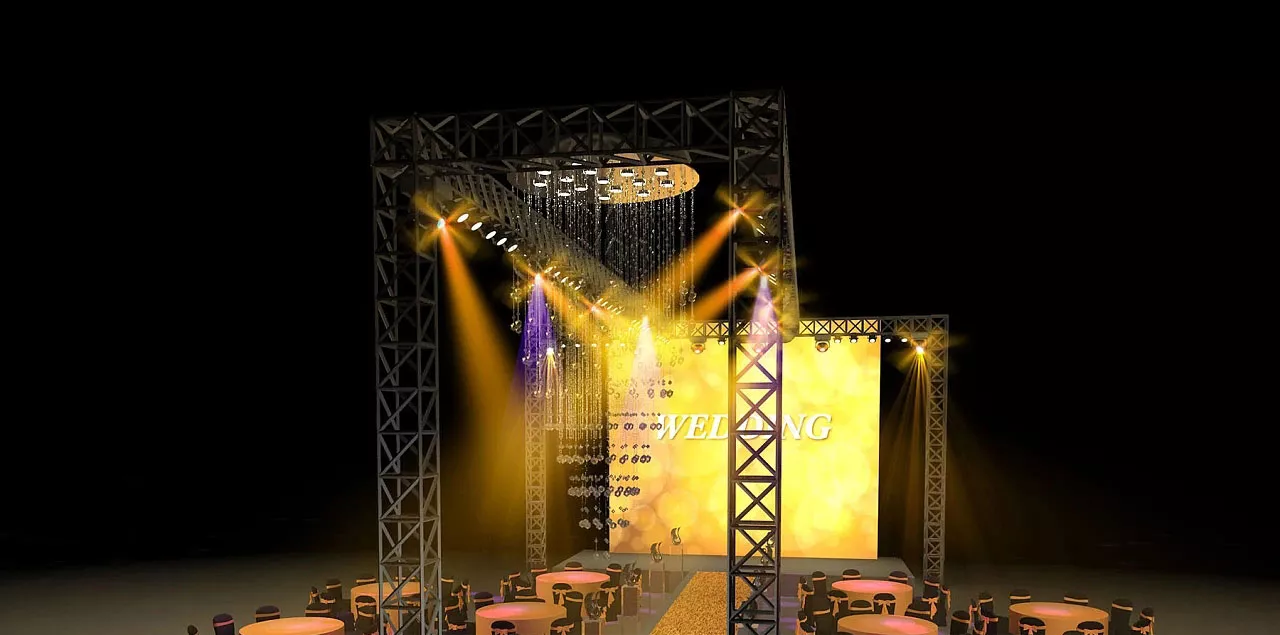3D scanning and printing technology has progressed enormously since its early concept days in the 1960s. In the last ten years in particular, 3D technologies have really come on leaps and bounds and 3D printers are now being used in so many different industries for various applications. The technology has become so compact and affordable, that 3D printers are now even suitable for home and personal use.
To learn more about the differences which this technology has made to the world, here is a closer look at how 3D printing has made an impact on society.
1. Impact on Education
Today’s classrooms are so different from classrooms of just a few years ago, and with the evolution of technology, it has been out with the old and in with the new in terms of what students learn and the equipment they have at their disposal. Using 3D scanners and printers is the ideal way to provide students with a practical way to study a range of subjects, from design to science, to history. Anything that can be imagined can now be printed so that students can get a better idea of what it looks like. One of the main advantages of 3D printing in education is that students can handle objects. For example, it is far easier to understand the structure of DNA with a 3D model in your hand. As students become more comfortable using 3D scanners and printers, these skills will also make them more employable as the technology has become important in many jobs.
2. Impact on Architecture
Creating scale models is so important in architecture as it enables the architect and other people involved with a construction project a better perspective to look at the plans and see how they will translate into real life. In past times, architects would have to make these models by hand which is very tricky and takes a long time. Now with 3D scanning and printing technology, architects can now create these models very quickly and in perfect detail. In addition, 3D modeling technology and software have enabled architects to look at site potential in a whole new way. An old or derelict building can be easily scanned and then accurate renovations or improvements can be designed digitally before the real work begins.
3. Impact on Art
3D printing has made a massive difference to artists as it has provided them with the opportunity to replicate their work easily. Many people would love to have an original piece by their favorite artist or sculptor but just cannot afford one, or are unable to fit one in their home. With 3D scanning and printing, artists can now create perfectly scaled replicas that they are able to sell to their fans. 3D scanning also enables art historians and restoration experts to create a replica of what a damaged or old piece would have looked like when it was first produced. This is great for both art and art history fans as they can see their favourite pieces as they would have been in their heyday rather than the pale comparison which is left now.
4. Impact on Medicine
There are so many excellent applications for 3D printing and scanning technologies in the field of medicine and healthcare. One area where these technologies have made a huge impact is in the development of prosthetics. Now when a person needs a prosthetic knee or a hip replacement, an accurate 3D scan can be done of their body and a prosthetic then made which will fit them perfectly. This prosthetic can then be installed which will be comfortable and will work effectively for the patient. The same can also be done in dentistry when someone needs a crown or a retainer. A scan can be made of a single tooth or of the entire mouth and a perfect 3D model printed out. The crown or retainer can then be custom built to fit perfectly so that it can then be fitted into the patient’s mouth with minimal inconvenience.
The rapid speed with which new technologies emerge and are popularized means that our world is ever-changing. 3D scanning and printing technology has advanced at such a rapid pace in the last few years that it is now pivotal in so many different industries and for so many professions. With 3D technology becoming cheaper and easier to use, more and more people are being able to reap its benefits which is transforming everything from art to healthcare. With the advancements in 3D technology showing no signs of slowing, who knows where it could go in the future.







